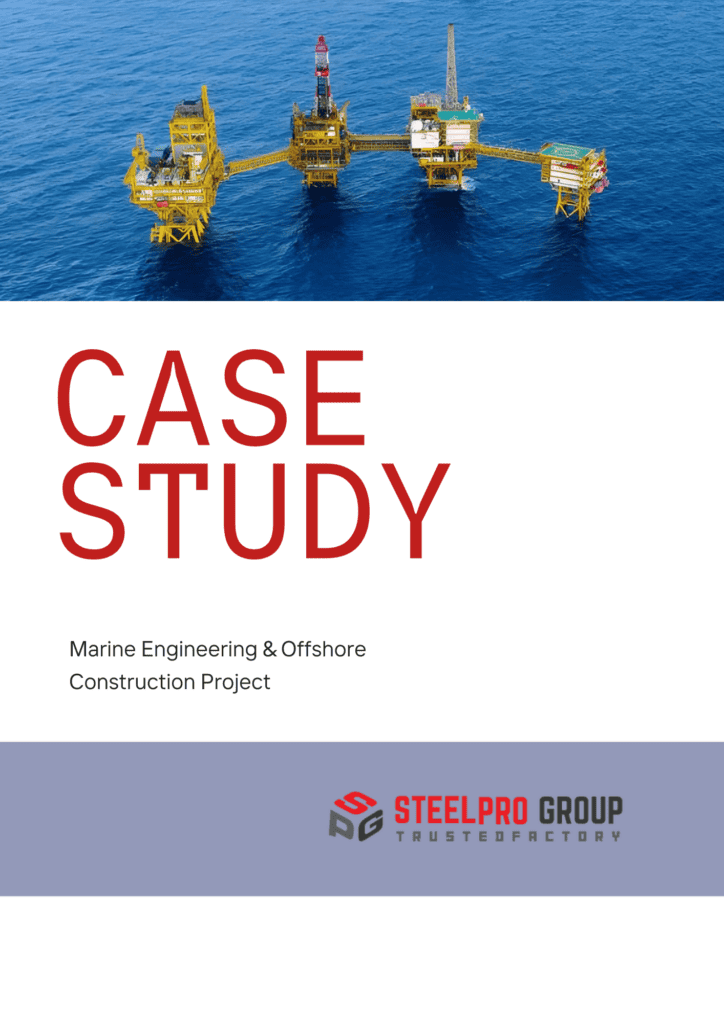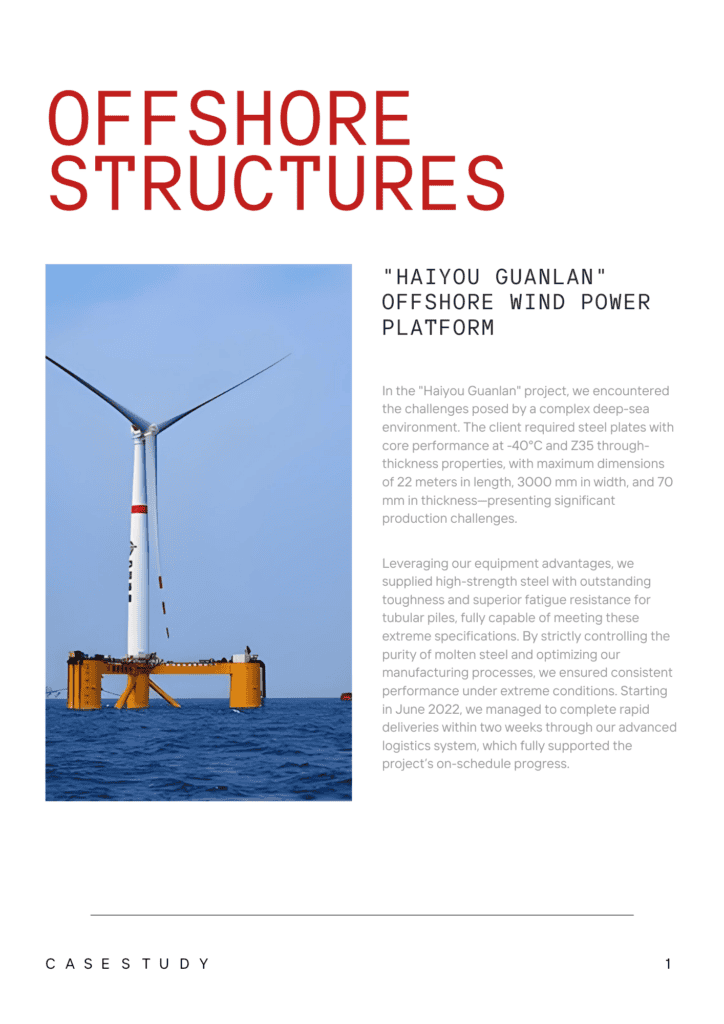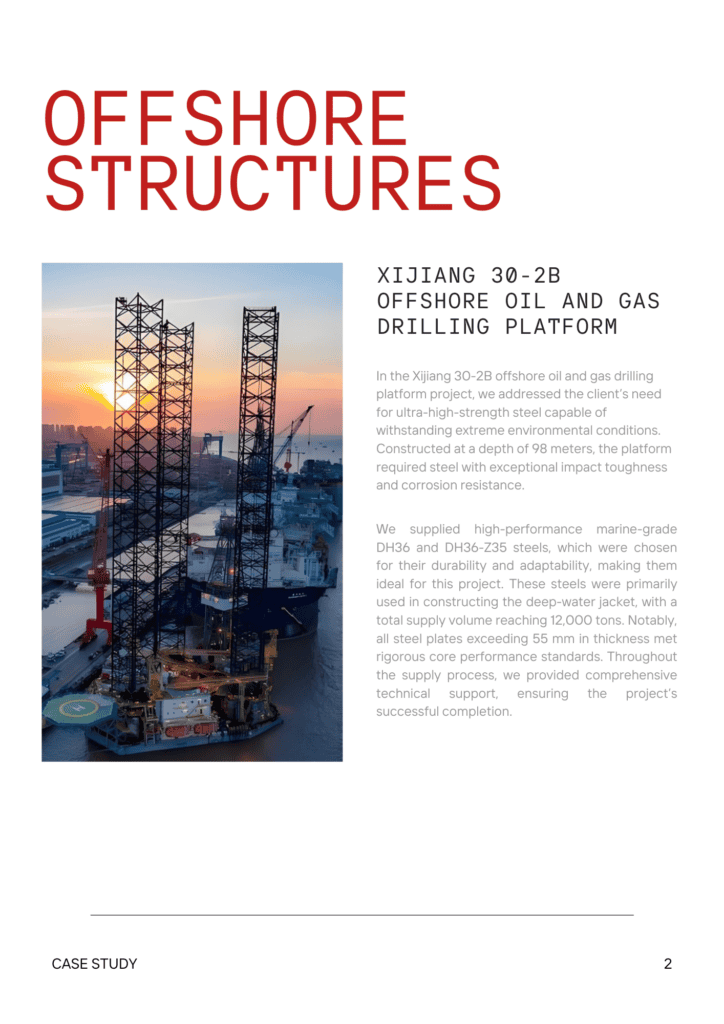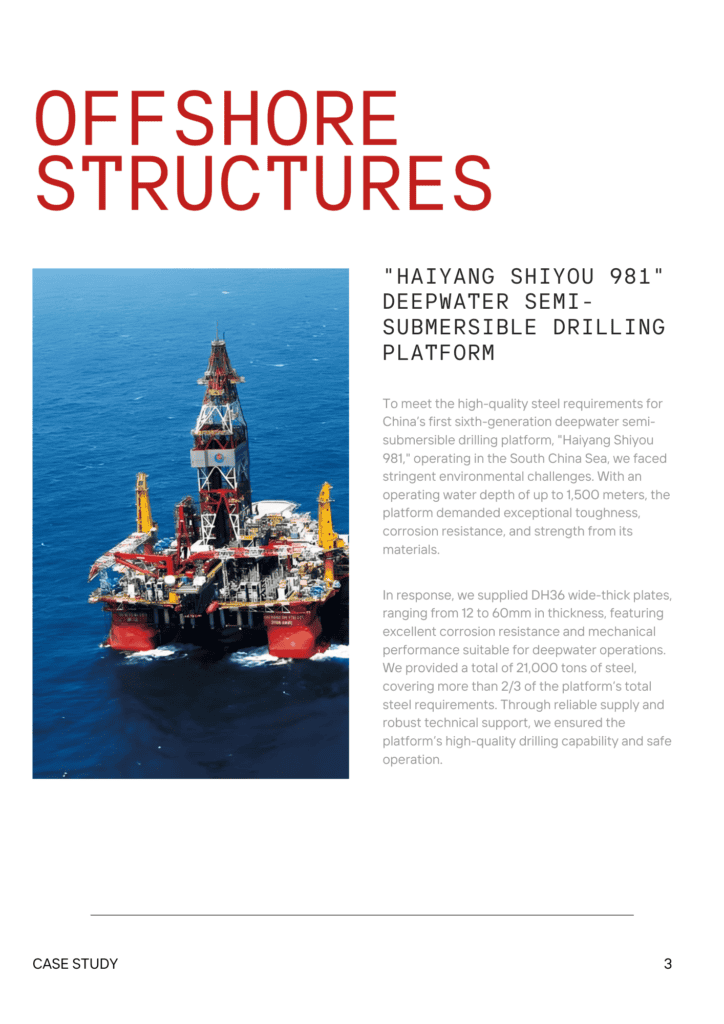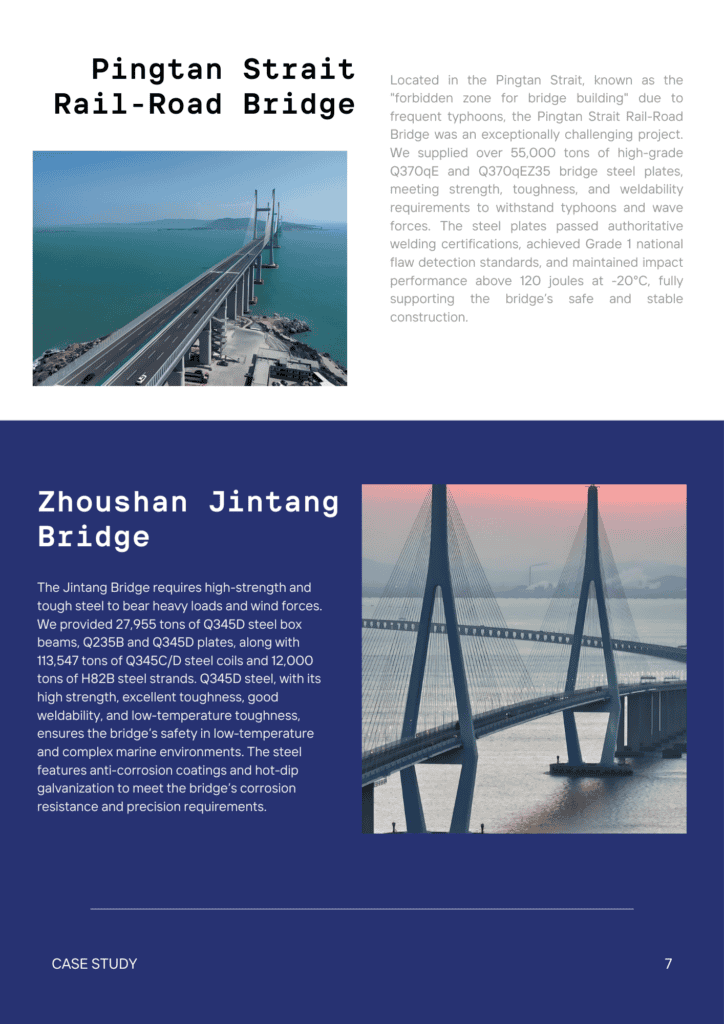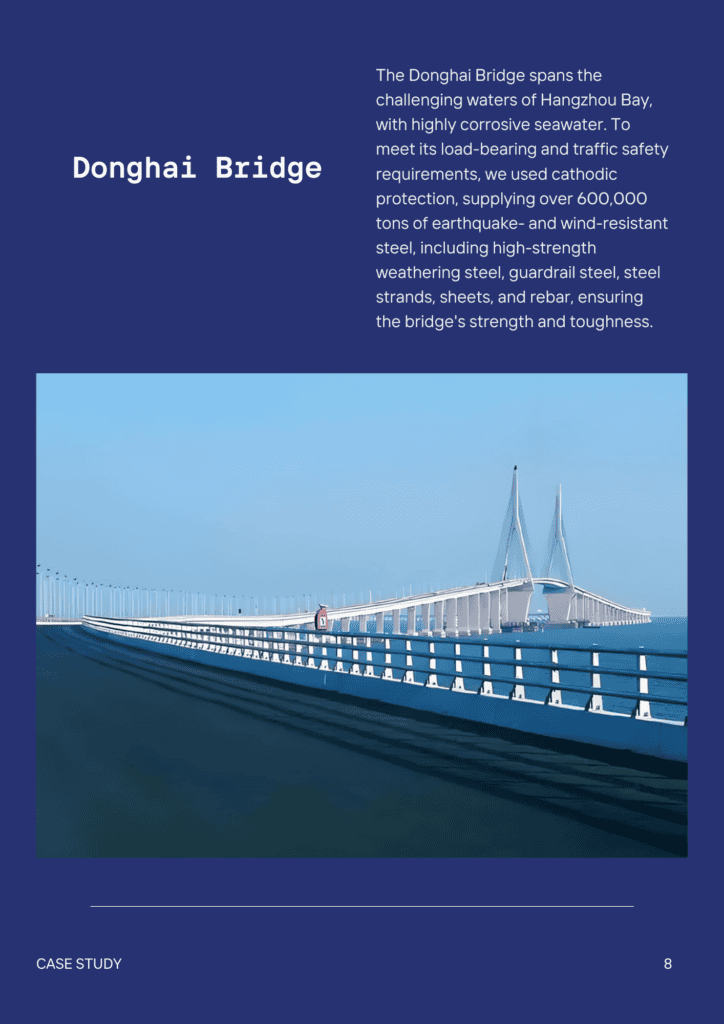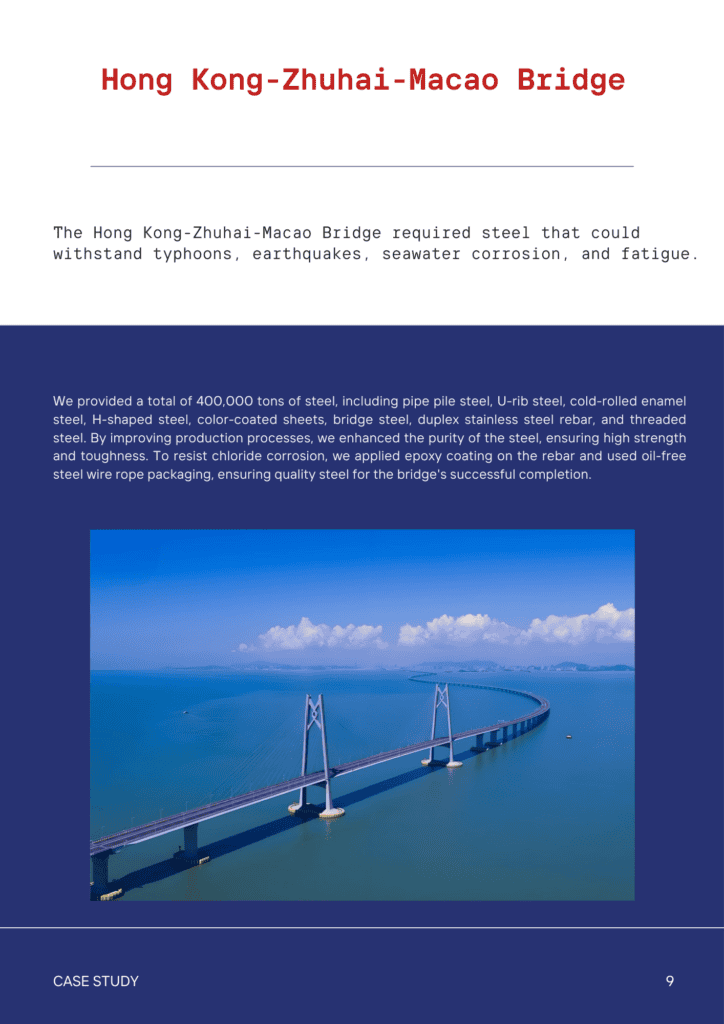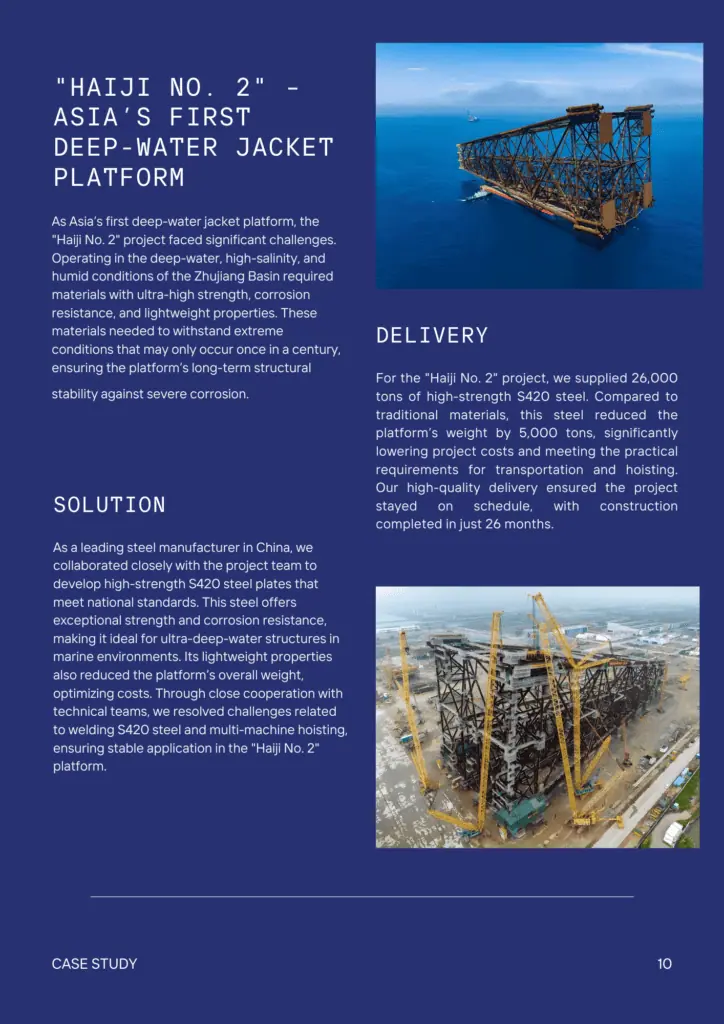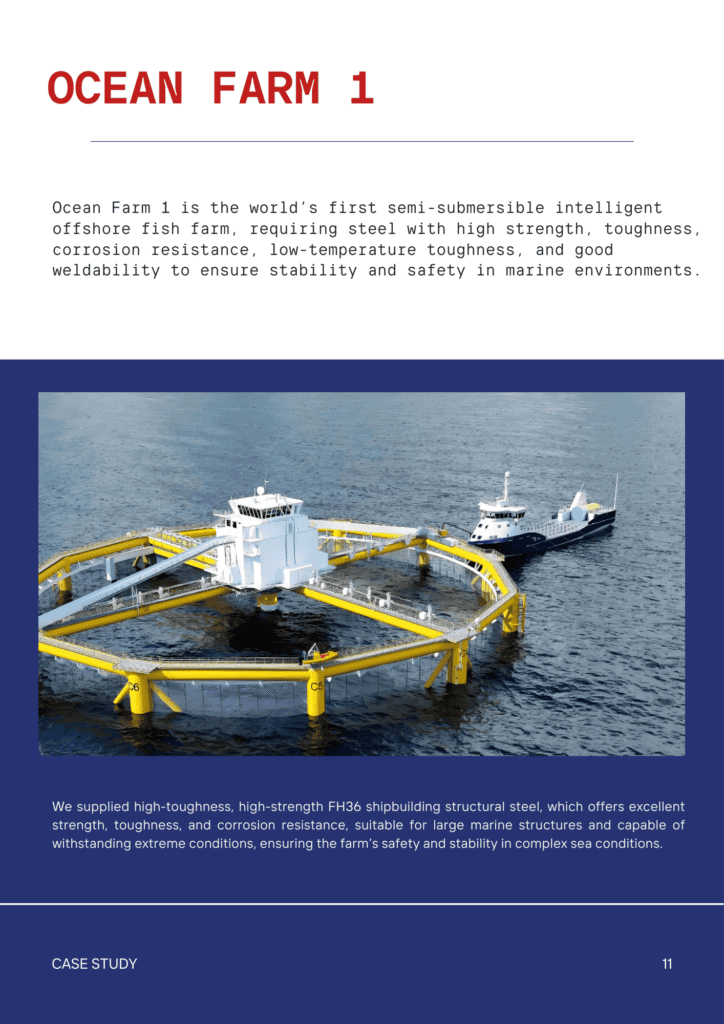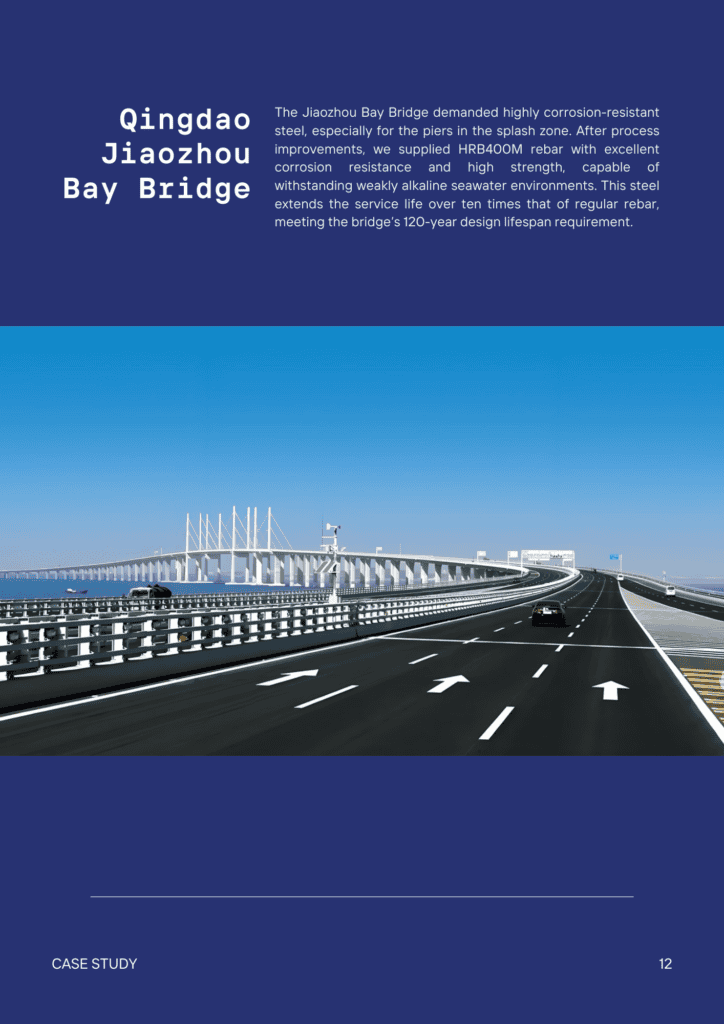Nội dung
Sửa chữa thép mạ kẽm: Tiêu chuẩn và phương pháp
- John
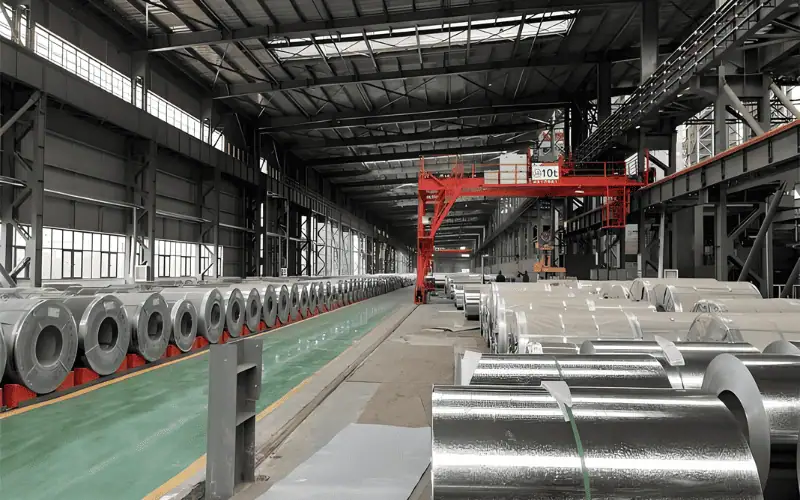
Thép mạ kẽm được đánh giá cao về độ bền và khả năng chống ăn mòn, khiến nó trở nên thiết yếu trong nhiều ngành công nghiệp. Tuy nhiên, nó không hoàn toàn không có khuyết điểm. Từ các điểm hở và bong tróc đến hư hỏng cơ học, việc hiểu các khuyết điểm phổ biến này là rất quan trọng để đảm bảo hiệu suất lâu dài.
Bài viết này thảo luận về cách các tiêu chuẩn như ISO 1461 và ASTM A123/A123M thiết lập hướng dẫn về dung sai khuyết tật và các biện pháp bảo trì phù hợp. Bài viết cũng xem xét các khuyết tật phổ biến trong thép mạ kẽm và các phương pháp sửa chữa hiệu quả.
Các lỗi thường gặp ở thép mạ kẽm
Những điểm trống
Các khu vực không được phủ trên bề mặt thép sẽ khiến thép dễ bị ăn mòn, thường do chuẩn bị bề mặt kém hoặc mạ kẽm không đều.
Nguyên nhân: Chuẩn bị bề mặt kém, có chất gây ô nhiễm trên bề mặt thép hoặc thời gian ngâm không đủ trong quá trình mạ kẽm.
Lột hoặc bong tróc
Lớp kẽm tách ra khỏi thép, khiến thép dễ bị gỉ, thường là do độ bám dính không tốt hoặc chịu ứng suất quá mức.
Nguyên nhân: Độ bám dính kém do vệ sinh bề mặt không đúng cách, làm nguội nhanh hoặc ứng suất quá mức trong quá trình xử lý.
Rỉ sét trắng
Một cặn bột màu trắng hình thành do tiếp xúc với độ ẩm trong quá trình bảo quản, điều này có thể làm suy yếu tính chất bảo vệ của kẽm theo thời gian.
Nguyên nhân: Tiếp xúc với độ ẩm trong quá trình lưu trữ hoặc vận chuyển, đặc biệt là trong điều kiện thông gió kém.
Phồng rộp
Các bọt khí nổi lên trên bề mặt lớp phủ do hydro hoặc tạp chất bị giữ lại sẽ làm giảm tính đồng nhất và độ bền của lớp phủ.
Nguyên nhân: Hydro bị giữ lại trong quá trình ngâm chua hoặc tạp chất trong bồn kẽm nóng chảy.
Tích tụ kẽm dư thừa
Các giọt hoặc cục kẽm tạo ra bề mặt không bằng phẳng, có thể ảnh hưởng đến tính thẩm mỹ hoặc chức năng, thường là do thời gian ngâm quá lâu.
Nguyên nhân: Ngâm quá nhiều trong bồn kẽm hoặc tốc độ rút không đều.
Nứt
Các vết nứt nhỏ trên lớp phủ, thường dọc theo các khúc cua hoặc cạnh, khiến thép dễ bị rỉ sét và làm giảm độ bền tổng thể của thép.
Nguyên nhân: Ứng suất cao trong thép trong quá trình mạ kẽm hoặc độ linh hoạt của lớp kẽm không đủ.
Sự bất thường của Spangle
Các hoa văn không đều trên lớp hoàn thiện dạng tinh thể của kẽm có thể ảnh hưởng đến vẻ ngoài, mặc dù chức năng thường vẫn còn nguyên vẹn.
Nguyên nhân: Sự không nhất quán về tốc độ làm nguội hoặc sự thay đổi trong thành phần hợp kim của kẽm nóng chảy.
Làm thế nào để sửa chữa thép mạ kẽm?
Sơn giàu kẽm
Sơn giàu kẽm tiết kiệm chi phí và dễ sử dụng, lý tưởng cho các khuyết tật cục bộ nhỏ. Nó phục hồi khả năng chống ăn mòn bằng cách tạo lớp kẽm hy sinh. Tuy nhiên, tuổi thọ của nó thấp hơn một chút so với các phương pháp khác trong môi trường khắc nghiệt.
Phương pháp:
- Lau dọn: Loại bỏ rỉ sét, bụi bẩn và dầu mỡ khỏi khu vực bị hư hỏng bằng bàn chải sắt hoặc chất tẩy rửa.
- Áp dụng sơn: Quét hoặc phun sơn giàu kẽm (kẽm ≥90% trong màng sơn khô) đều lên trên khuyết tật.
- Xác minh: Kiểm tra độ dày lớp phủ bằng thước đo để đạt tiêu chuẩn yêu cầu.
Phun nhiệt (Phun kim loại kẽm)
Phun nhiệt tạo ra lớp phủ có độ bền cao, phù hợp với các khuyết tật lớn và điều kiện khắc nghiệt. Mặc dù mang lại hiệu suất tuyệt vời, nhưng nó đòi hỏi thiết bị chuyên dụng và chuyên môn.
Phương pháp:
- Chuẩn bị bề mặt: Dùng đá mài để làm sạch và làm nhám bề mặt để tăng độ bám dính.
- Phun kẽm:Sử dụng súng phun nhiệt để phun kẽm nóng chảy đều.
- Kiểm tra độ dày: Đảm bảo độ dày lớp phủ phù hợp với thông số kỹ thuật ban đầu bằng cách sử dụng thước đo.
Hàn hợp kim kẽm
Hàn hợp kim kẽm chính xác và hiệu quả cho các sửa chữa nhỏ, phức tạp, chẳng hạn như cạnh hoặc góc. Nó cung cấp độ bám dính mạnh nhưng tốn nhiều thời gian cho các khu vực lớn hơn.
Phương pháp:
- Chuẩn bị khu vực: Làm sạch chỗ khuyết và làm nóng trước nếu cần để có độ bám dính tốt hơn.
- Áp dụng hàn: Làm tan chảy thanh hợp kim kẽm bằng đèn khò và rải đều lên vết hư hỏng.
- Thanh tra: Để khu vực đó nguội và kiểm tra xem lớp phủ có đồng đều không.
Phần kết luận
Các phương pháp này cung cấp các giải pháp phù hợp cho nhiều tình huống sửa chữa khác nhau: sơn giàu kẽm cho các khu vực nhỏ, phun nhiệt cho các hư hỏng lớn và hàn hợp kim kẽm cho các công việc chính xác.
Để biết yêu cầu chi tiết về dung sai lỗi và tiêu chuẩn sửa chữa, hãy tham khảo phần sau.
Tiêu chuẩn sửa chữa thép mạ kẽm
Một số tiêu chuẩn được công nhận, bao gồm Tiêu chuẩn ISO1461, Tiêu chuẩn ASTMA123, Tiêu chuẩn ASTMA153, Và Tiêu chuẩn ASTMA767, phác thảo hướng dẫn chi tiết để sửa chữa các khuyết tật trong sản phẩm thép mạ kẽm. Các tiêu chuẩn này chỉ định kích thước khu vực sửa chữa được chấp nhận, độ dày lớp phủ sau khi sửa chữa và các phương pháp được khuyến nghị để đảm bảo độ bền và hiệu suất của vật liệu.
Bảng dưới đây cung cấp thông tin tham khảo nhanh về các yêu cầu sửa chữa đối với thép mạ kẽm, giúp bạn hiểu các thông số chính để tuân thủ và đảm bảo chất lượng.
| Tên chuẩn | Kích thước khu vực sửa chữa | Độ dày lớp phủ sửa chữa |
| Tiêu chuẩn ISO1461 | ≤ 1,55 in² (10 cm²) | 1,8–3,3 mils (45–85 µm) |
| Tiêu chuẩn ASTMA123 | ≤ 1 trong (25,4 mm) | 2,2–3,9 mils (55–100 µm) |
| Tiêu chuẩn ASTMA153 | – | 1,7–1,8 mils (43–45 µm) |
| Tiêu chuẩn ASTMA767 | Chỉ hư hỏng cục bộ | 3,3–3,9 mils (85–100 µm) |
Tiêu chuẩn ISO1461
Dung sai khuyết tật
- Kích thước khu vực sửa chữa: Tối đa 1,55 inch² (10 cm²) mỗi khiếm khuyết.
- Tổng diện tích sửa chữa: Không thể vượt quá 0.5% của tổng diện tích bề mặt.
- Những điểm trống: Không được phép; bắt buộc phải bảo hiểm toàn diện.
- Độ bám dính: Không được phép bong tróc hoặc đóng vảy trong quá trình xử lý thông thường.
Phương pháp sửa chữa
- Sơn giàu kẽm: Phải chứa ít nhất 90% kẽm trong màng khô.
- Phun nhiệt: Bôi kẽm nóng chảy vào các khu vực bị hư hỏng.
- Hàn hợp kim kẽm:Đối với những sửa chữa nhỏ, hãy sử dụng vật liệu gốc kẽm.
Tiêu chuẩn ASTMA123
Dung sai khuyết tật
- Kích thước khu vực sửa chữa: Giới hạn ở các khu vực ≤ 1 trong (25,4 mm) ở chiều dài nhất.
- Những điểm trống: Không được phép; phải có phạm vi phủ sóng thống nhất.
- Chất lượng bề mặt:Những khiếm khuyết nhỏ (ví dụ như vết kẽm) được phép nếu chúng không làm giảm chức năng.
Phương pháp sửa chữa
- Sơn giàu kẽm: Phim khô phải chứa ít nhất 65% kẽm.
- Phun nhiệt: Được sử dụng để sửa chữa cục bộ nhằm khôi phục tính toàn vẹn của lớp phủ.
Tiêu chuẩn ASTMA153
Dung sai khuyết tật
- Kích thước khu vực sửa chữa: Không có giới hạn kích thước cụ thể, nhưng các khuyết tật phải được xác định vị trí.
- Những điểm trống: Phải sửa chữa; không được để lộ thép.
- Độ bám dính: Không có vết nứt, bong tróc hoặc đóng vảy ảnh hưởng đến hiệu suất.
Phương pháp sửa chữa
- Sơn giàu kẽm: Dành cho bu lông, đai ốc và các thành phần nhỏ có hàm lượng kẽm ít nhất 65% trong màng khô.
- Hàn hợp kim kẽm: Thích hợp cho việc sửa chữa phần cứng nhỏ.
Tiêu chuẩn ASTMA767
Dung sai khuyết tật
- Kích thước khu vực sửa chữa: Chỉ được phép có hư hỏng cục bộ (ví dụ trong quá trình vận chuyển hoặc lắp đặt).
- Những điểm trống: Không được phép; phải sửa chữa để tránh bị ăn mòn.
- Độ bám dính: Lớp phủ không được bong tróc hoặc nứt trong quá trình xử lý thông thường.
- Giới hạn diện tích bề mặt: Việc sửa chữa không được vượt quá 1% của bề mặt cốt thép.
Phương pháp sửa chữa
- Sơn giàu kẽm: Phải chứa ít nhất 94% kẽm trong màng khô.
- Phun nhiệt: Để phục hồi lớp phủ đồng đều.
- Hàn hợp kim kẽm: Được phép sử dụng cho các khu vực thiệt hại nhỏ hơn.
Thép mạ kẽm hoàn hảo cho hiệu suất lâu dài
Steel Pro Group cung cấp các sản phẩm được thiết kế để đáp ứng các tiêu chuẩn ISO và ASTM. Kiểm soát chất lượng nghiêm ngặt của chúng tôi giảm thiểu các khuyết tật như các điểm hở và bong tróc, đảm bảo hiệu suất và sự tuân thủ nhất quán. Đối với thép bền và chống lại các khuyết tật, hãy tin tưởng Steel Pro Group để bảo vệ khoản đầu tư của bạn.



